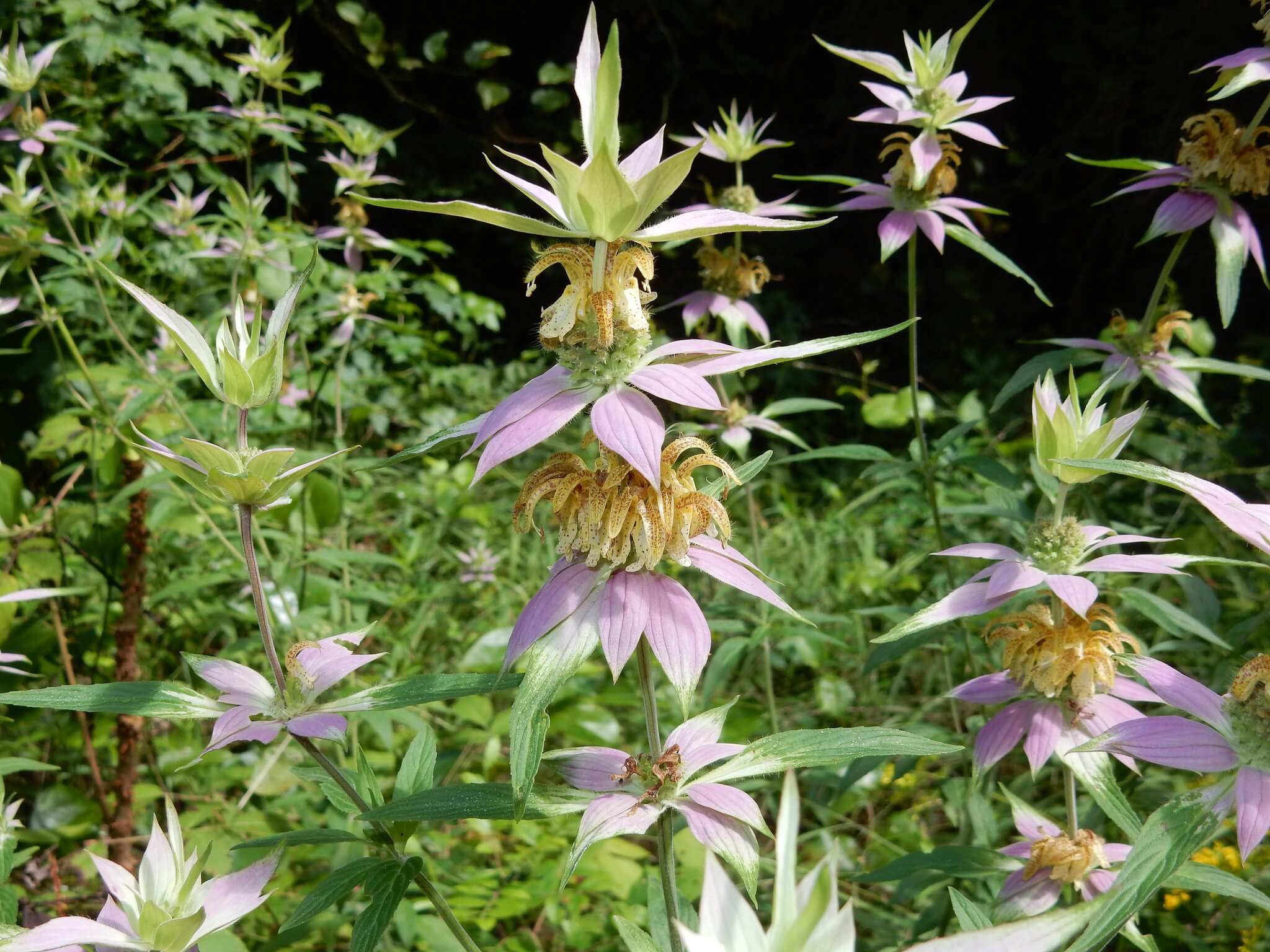Common Juniper (Juniperus communis var depressa)
Common Juniper is the host plant to 34 species of butterflies and moths in our area (nwf.org). The flowers are cross-pollinated by the wind and produce berry-like seed cones that mature in 2-3 years. The berry-like seed cones are eaten by various upland gamebirds and songbirds, especially the American Robin (Illinoiswildflower.info). It likes a dry, infertile soil that is somewhat acidic. The root system is shallow and slowly spreading, rooting where the branches touch the ground. Common Juniper is considered an 'increaser' in pastures because domesticated animals usually will not eat it unless little else is available (illinoiswildflower.info).
Note: It is typically dioecious, where male flowers and female flowers occur on separate shrubs, meaning you need more than one to get the berry-like cones.
Photo Credit: Andrey Zharkikh
Common Juniper is the host plant to 34 species of butterflies and moths in our area (nwf.org). The flowers are cross-pollinated by the wind and produce berry-like seed cones that mature in 2-3 years. The berry-like seed cones are eaten by various upland gamebirds and songbirds, especially the American Robin (Illinoiswildflower.info). It likes a dry, infertile soil that is somewhat acidic. The root system is shallow and slowly spreading, rooting where the branches touch the ground. Common Juniper is considered an 'increaser' in pastures because domesticated animals usually will not eat it unless little else is available (illinoiswildflower.info).
Note: It is typically dioecious, where male flowers and female flowers occur on separate shrubs, meaning you need more than one to get the berry-like cones.
Photo Credit: Andrey Zharkikh
Common Juniper is the host plant to 34 species of butterflies and moths in our area (nwf.org). The flowers are cross-pollinated by the wind and produce berry-like seed cones that mature in 2-3 years. The berry-like seed cones are eaten by various upland gamebirds and songbirds, especially the American Robin (Illinoiswildflower.info). It likes a dry, infertile soil that is somewhat acidic. The root system is shallow and slowly spreading, rooting where the branches touch the ground. Common Juniper is considered an 'increaser' in pastures because domesticated animals usually will not eat it unless little else is available (illinoiswildflower.info).
Note: It is typically dioecious, where male flowers and female flowers occur on separate shrubs, meaning you need more than one to get the berry-like cones.
Photo Credit: Andrey Zharkikh
Life Cycle: Perennial
Sun Exposure: Full
Soil Moisture: Dry
Height: 3-5 feet
Plant Spacing: 8-12 feet
Bloom Time: April-June
Bloom Color: Yellow
Advantages: Caterpillar Favorite, Bird Favorite, Deer Resistant
Host: 34 species of butterflies and moths use this as a caterpillar host plant in our area (nwf.org)








